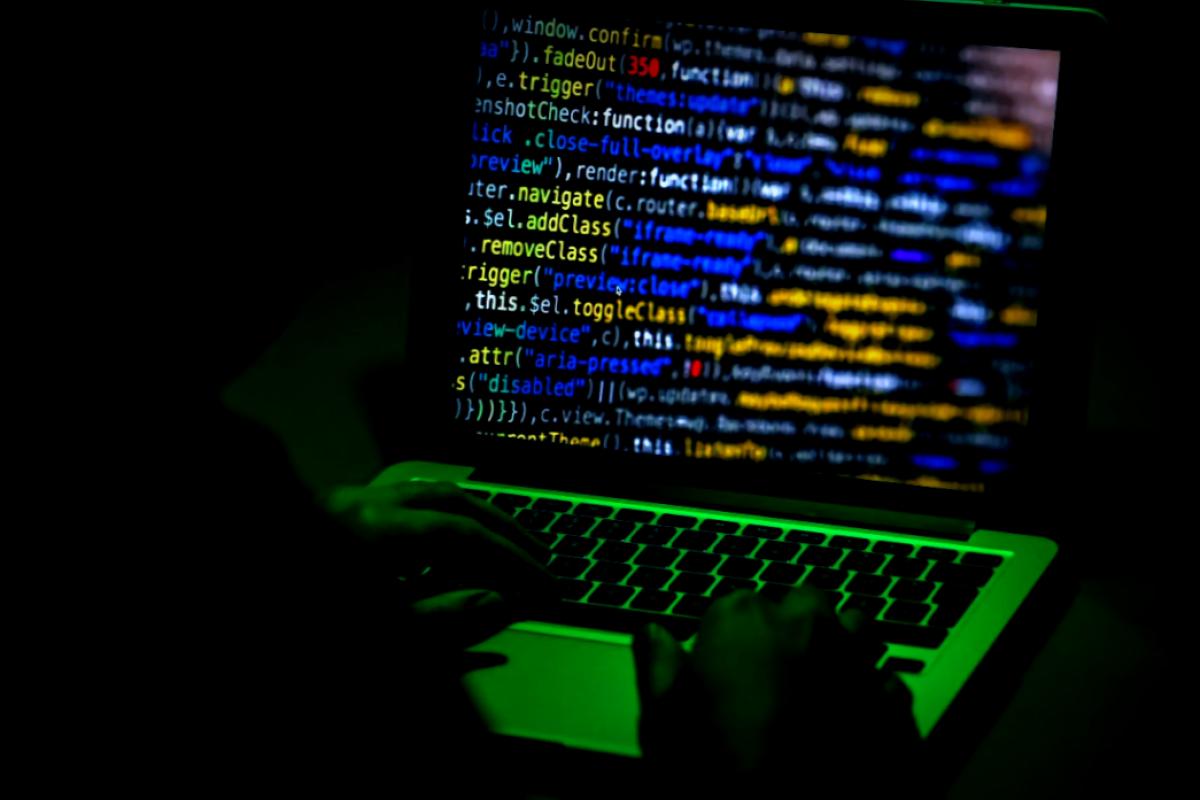The unsettling truth about the rise of fake science is hitting the headlines, with a new study shedding light on how significant this problem has become.
The findings from researchers at Northwestern University, published in the Proceedings of the National Academy of Sciences, reveal that fraudulent research is being produced faster than legitimate papers.
According to senior researcher Luís A.N. Amaral, a professor at Northwestern, these deceptive networks resemble organized crime and could involve millions of dollars. He emphasized that the integrity of science is under serious threat.
It’s common to hear about instances of fraudulent papers, where individuals might cheat their way by falsifying data or plagiarizing work. However, this study uncovers a much larger, hidden network continuously churning out bogus research, often without anyone noticing.
Amaral described the experience of researching this subject as disheartening, stating, “This study is probably the most depressing project I’ve been involved with in my entire life. It’s heartbreaking to watch the very essence of scientific discovery be exploited by fraudsters. Yet, we must advocate for the value of science to safeguard it for the future.”
The researchers took a closer look at retracted papers and studies published in disreputable journals—those stripped of credibility by major scientific databases due to quality concerns.
The analysis brought to light a network of so-called “paper mills” producing low-quality articles meant for academics who want to quickly publish their work. These sham manuscripts often feature fake data, modified or stolen images, and even plagiarized content that sometimes makes utterly no sense.
Amaral pointed out a worrying trend where many scientists unintentionally get involved with these mills. They can easily acquire full papers or even citations to boost their scholarly reputation, misleadingly giving the impression they are distinguished researchers.
Lead researcher Reese Richardson added that these ‘paper mills’ offer questionable services, including authorship slots for hefty fees. The price for being listed as the first author can be dramatically higher compared to being listed as a lesser author.
Fraudulent networks employ various tactics to advance their cause, such as colluding to publish fake articles across multiple journals and retracting them only when they come under suspicion.
Brokers facilitate this mass production of phony papers. Researchers target niche fields likely to slip under the radar of scrutiny, making it easier to peddle their falsehoods.
These fraudulent operatives even hijack reputable journal names or domains that have gone defunct. For example, the journal HIV Nursing was once respected, proclaimed Richardson. After its hiatus, opportunists assumed control and began churning out thousands of papers on entirely unrelated topics.
As if the problem couldn’t get worse, the rise of AI threatens to amplify the issue even further. Richardson warned, “If we’re struggling with existing fraud, just imagine the havoc that generative AI could wreak on scientific literature. The uncertainty about what passes for credible scientific information only deepens.”
Researchers argue that academia must enhance its vigilance against these fraudulent activities. It includes tightening editorial processes, improving how fabricated research is detected, investigating fraud networks, and seriously reconsidering the current rewarding structure in the scientific community.
Amaral asserted, “Science must hold itself accountable to preserve its credibility. If we ignore this growing threat, we risk normalizing deceitful practices in a field that requires trustworthiness.”
People have differing views about discussing these issues, with some believing it’s an attack on science. Amaral, however, stands firm: “We are indeed defending science, and there’s an urgent need to recognize the gravity of the situation and take action to address it.”
For More Insights
The American Council on Science and Health shares valuable perspectives on the lasting impacts of scientific fraud.
Copyright © 2025 HealthDay. All rights reserved.



















